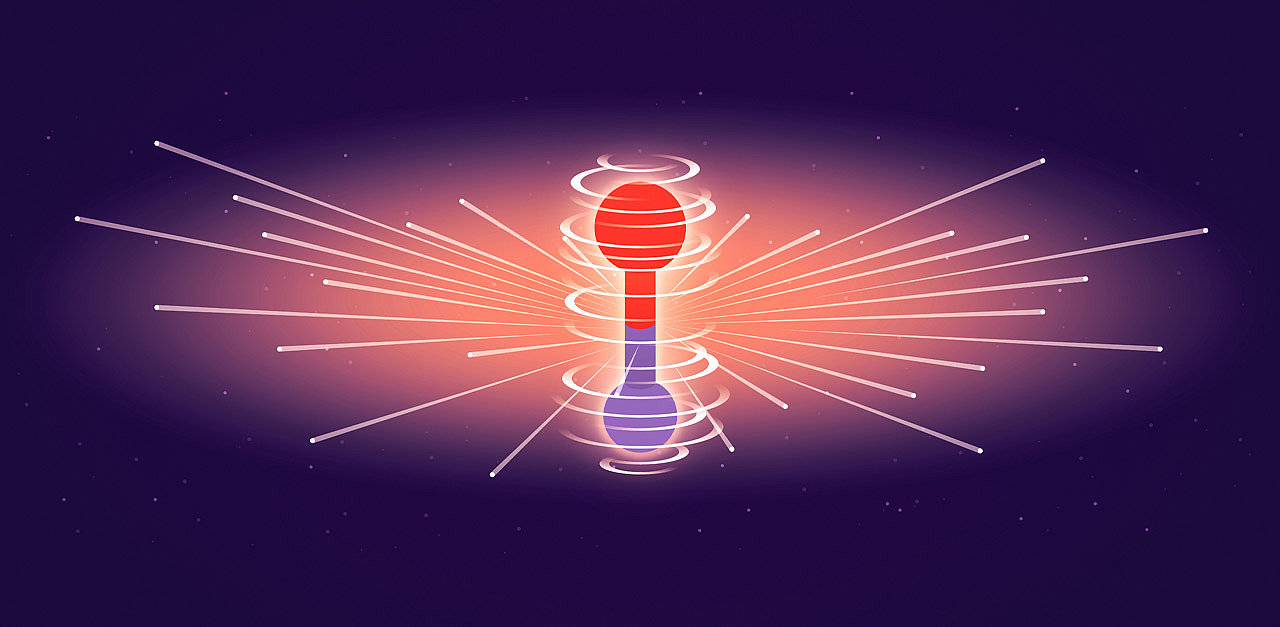For the first time, researchers have been able to “listen” to the fastest beats inside a molecule as it responded to irradiation by X-rays on attosecond timescales. One attosecond is a billionth of a billionth of a second.
The work, published in the journal Science, was performed at the Linac Coherent Light Source (LCLS) at the Stanford Linear Accelerator Centre (SLAC), Stanford, USA and was supported by Prof. Matthias Kling and his PhD student Philipp Rosenberger from the Ludwig-Maximilians-Universität Munich and the Max Planck Institute of Quantum Optics in Garching. Ultrafast X-ray laser pulses were used to disrupt the electrons in a molecule of nitrous oxide. The researchers were able to measure the resultant changes with unprecedented accuracy. “The bright attosecond X-ray pulses, that can now be produced at LCLS, open the door to exploring matter at unprecedented detail with atomic specificity and extreme time resolution. The first-of-its-kind experiment could demonstrate this capability with recording elusive quantum beats inside the molecules.”, explains Prof. Matthias Kling. “A key to the success of the experiment was the ability to clock electron emission with highest precision using data from just a single X-ray shot, a capability that was pioneered at LCLS.”, adds Philipp Rosenberger, who contributed to the measurements and the codes used to analyze the data.
Picture credit: Greg Stewart/SLAC National Accelerator Laboratory
For more details, see:
https://www6.slac.stanford.edu/news
Original publication:
Siqi Li et al.
Attosecond coherent electron motion in Auger-Meitner decay
Science 375, 285 (2022)
DOI: 10.1126/science.abj2096
listening to the fastest beats inside molecules
